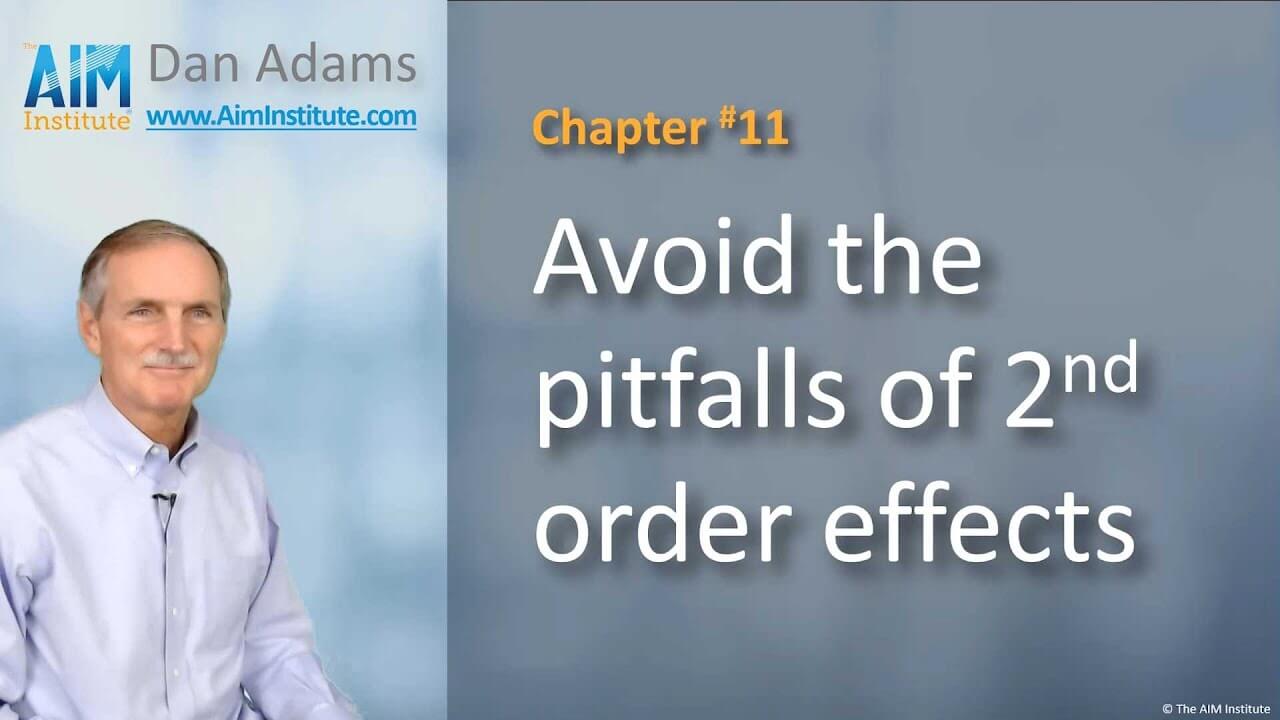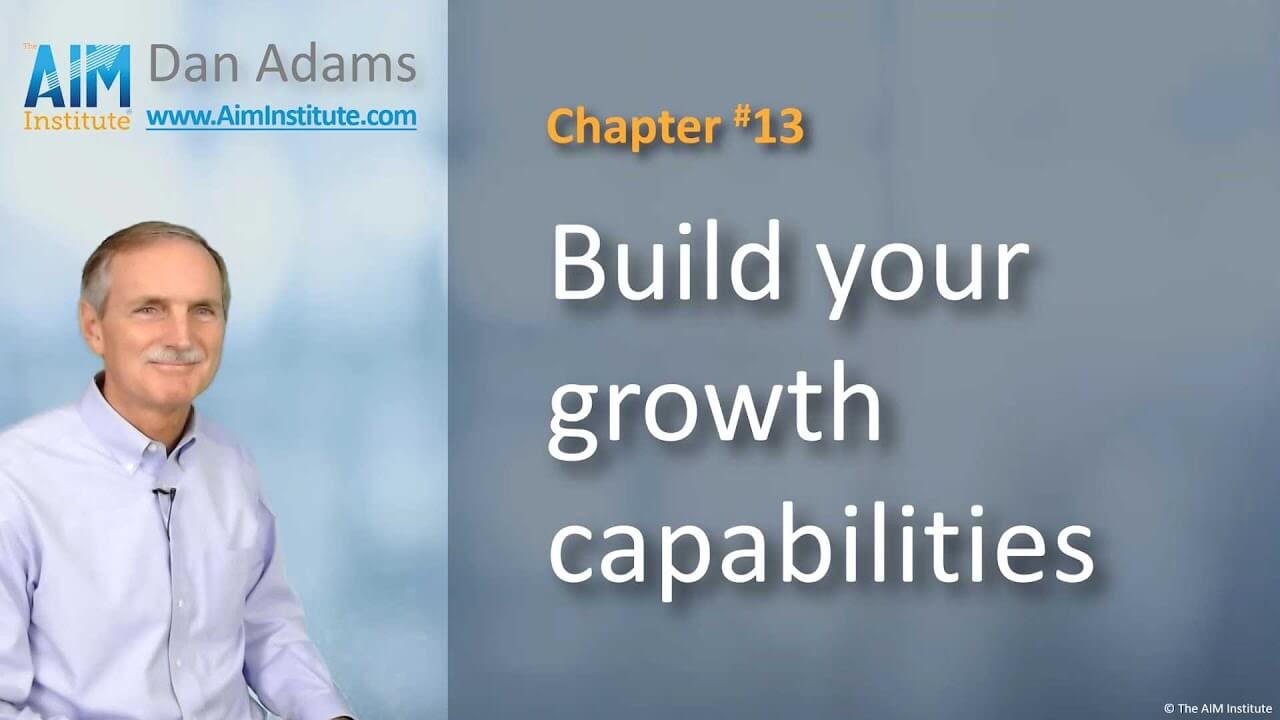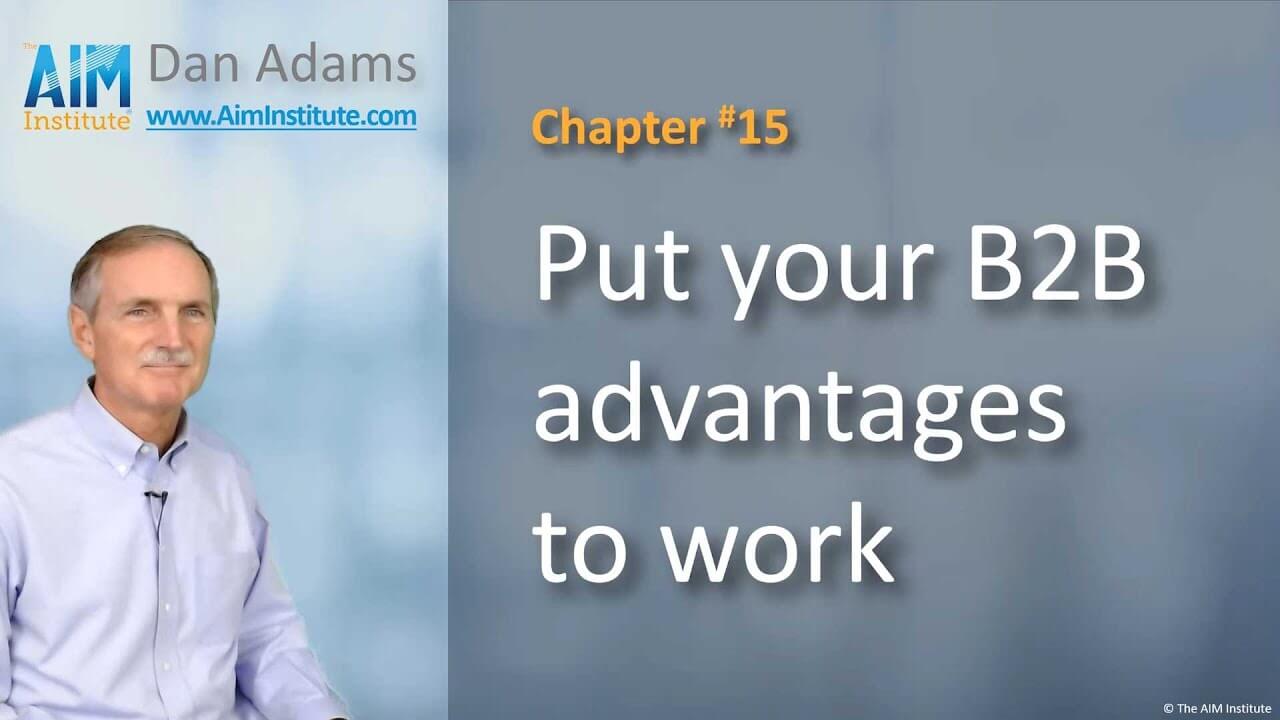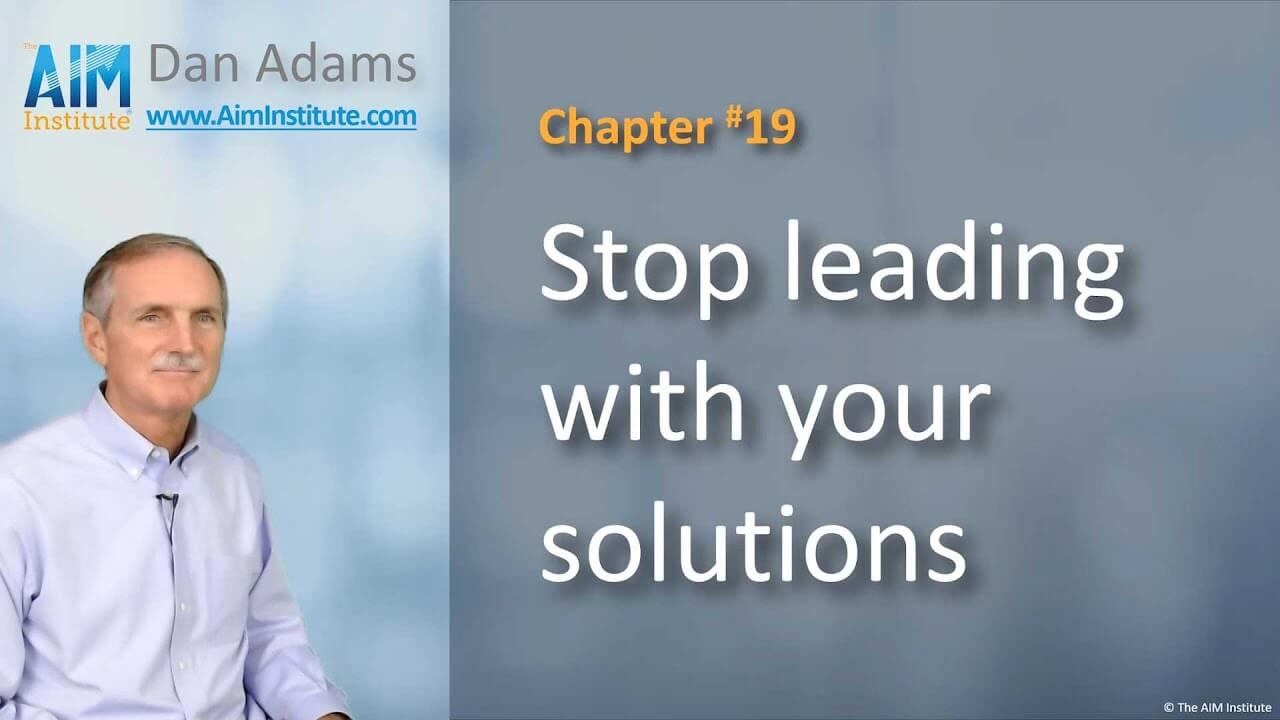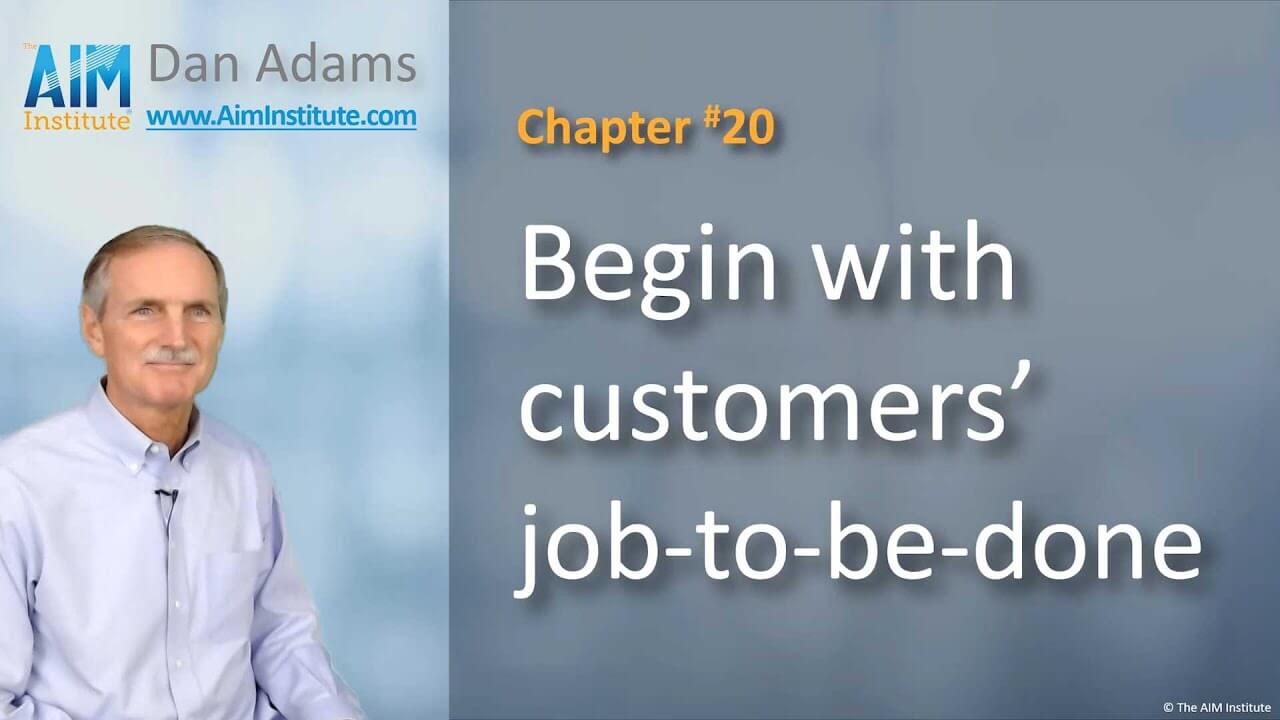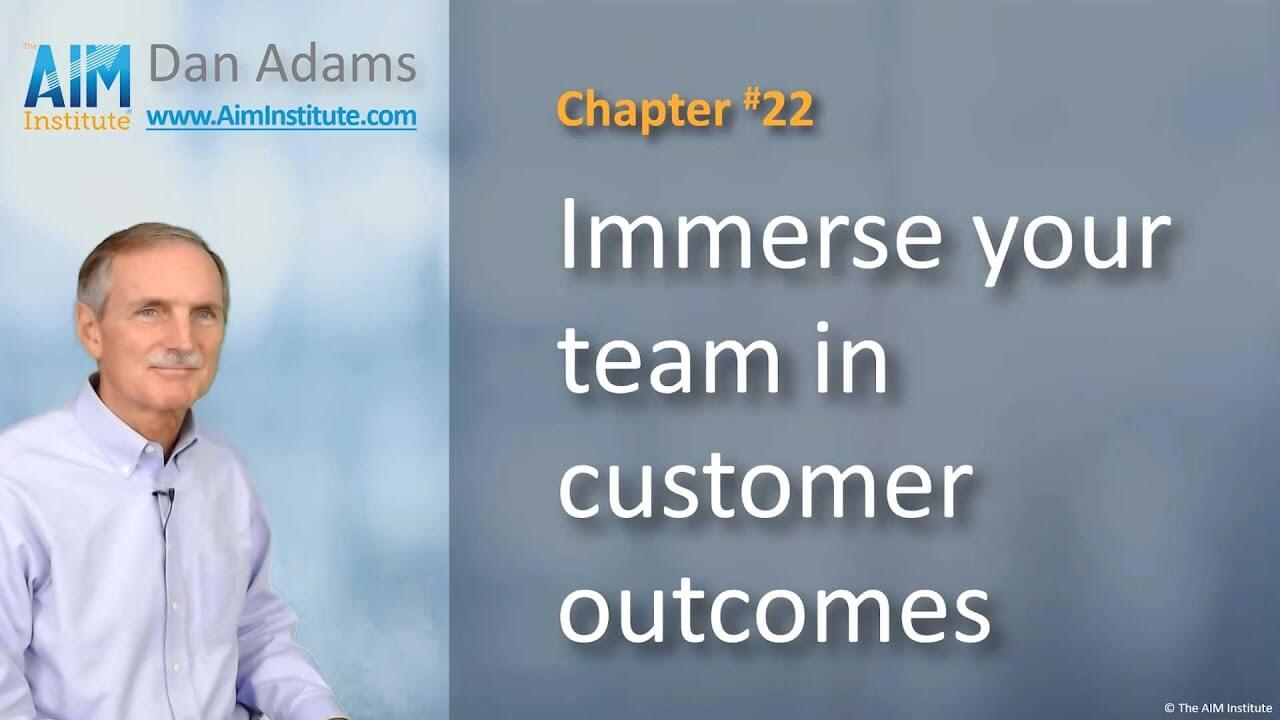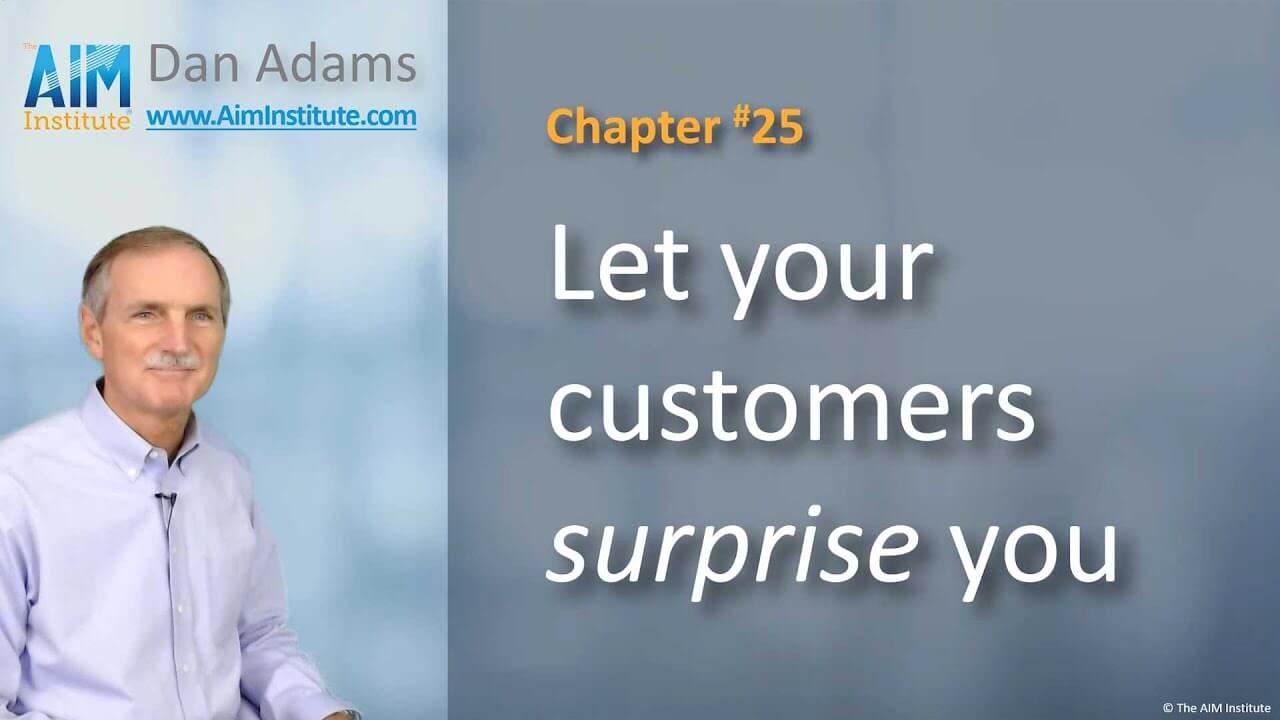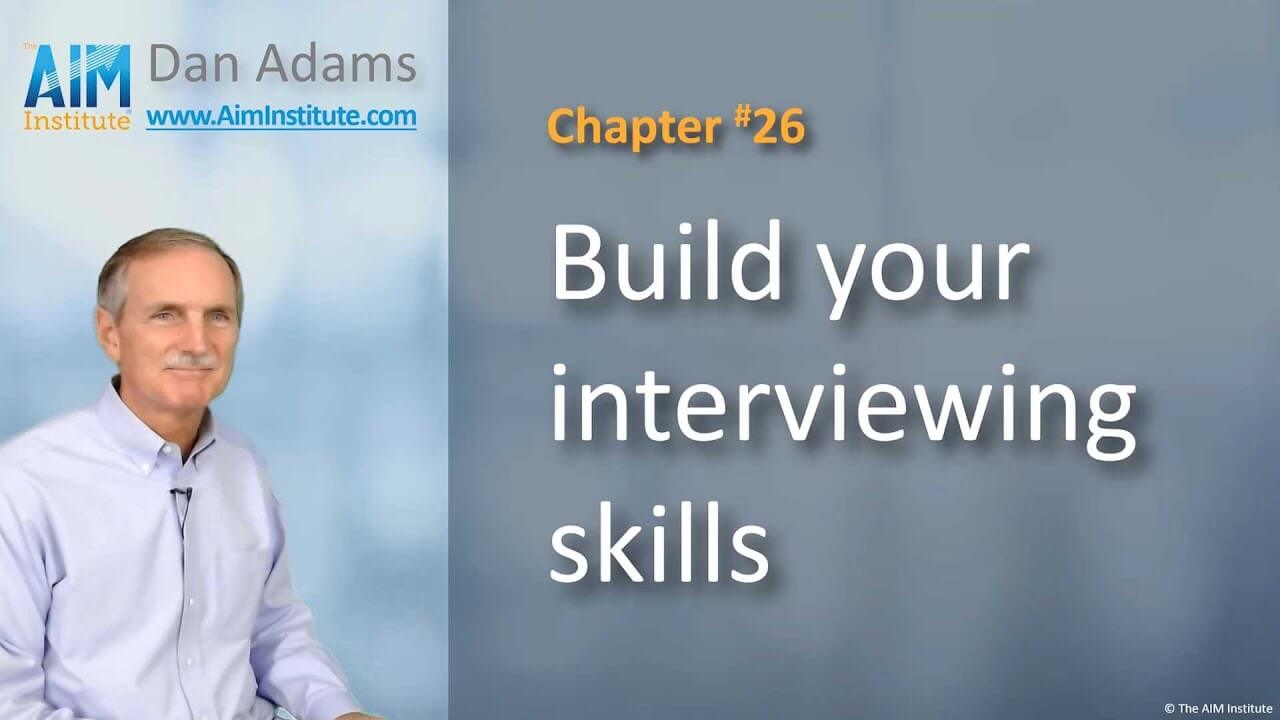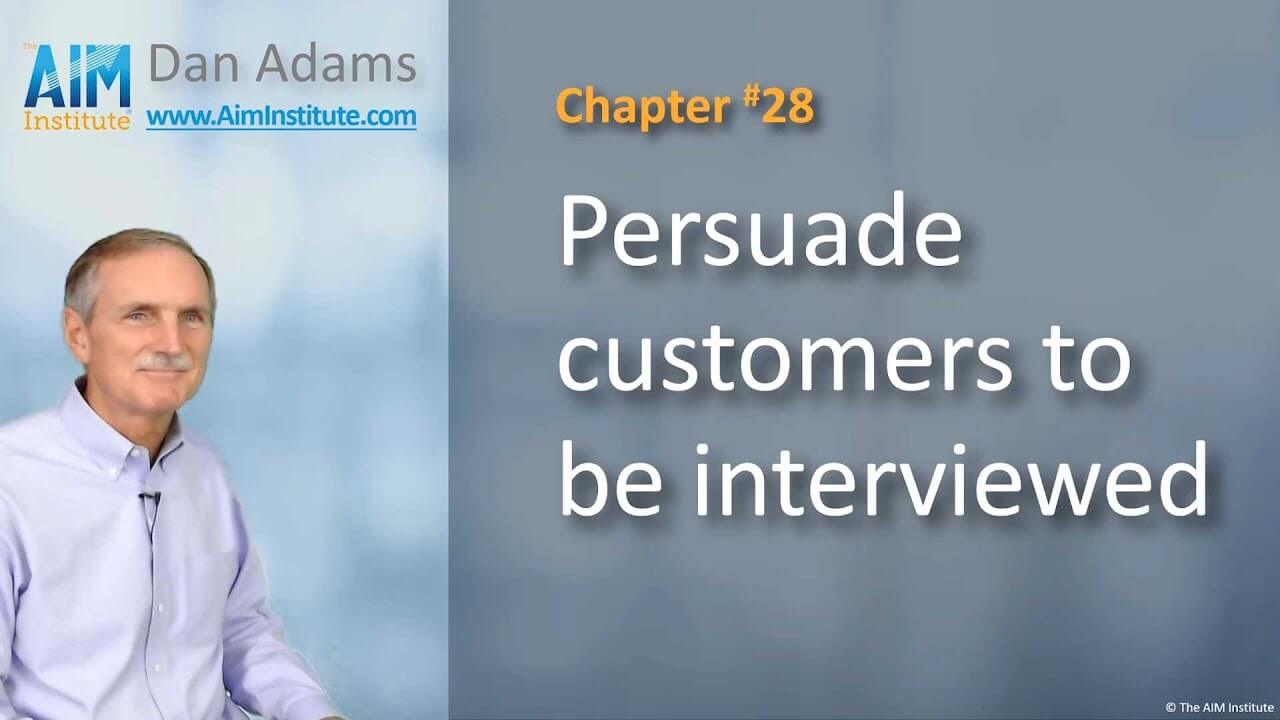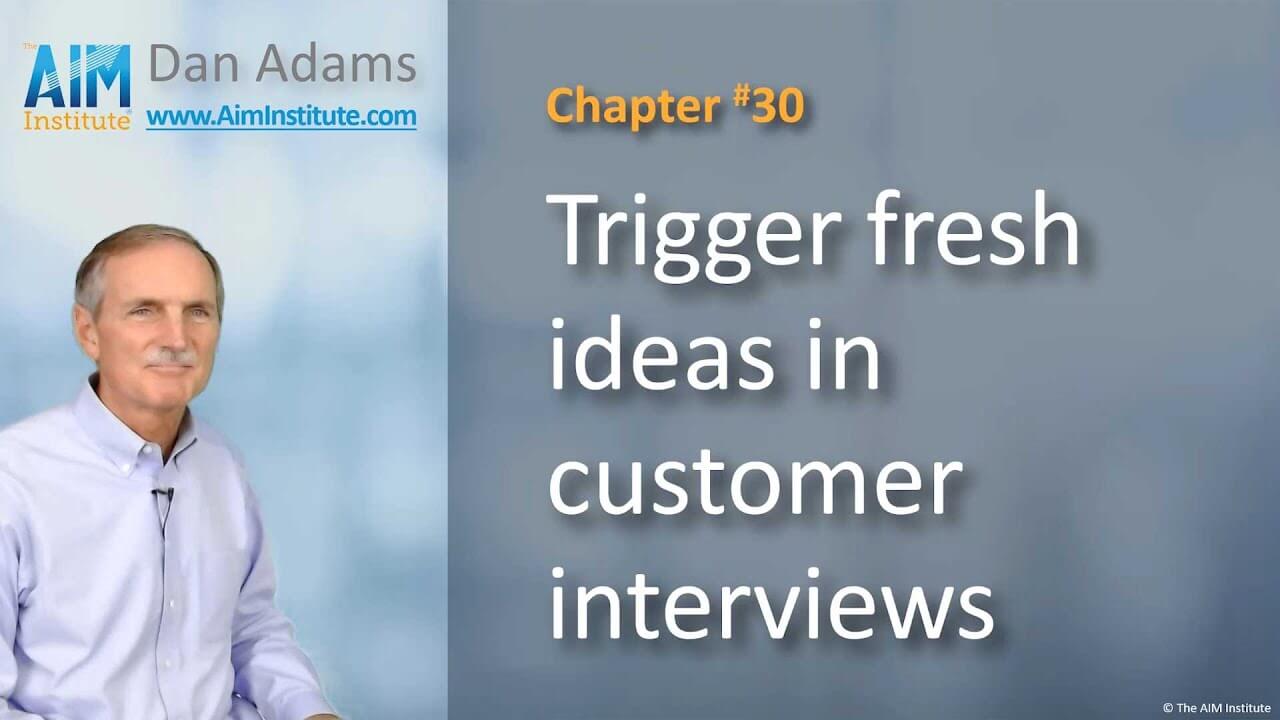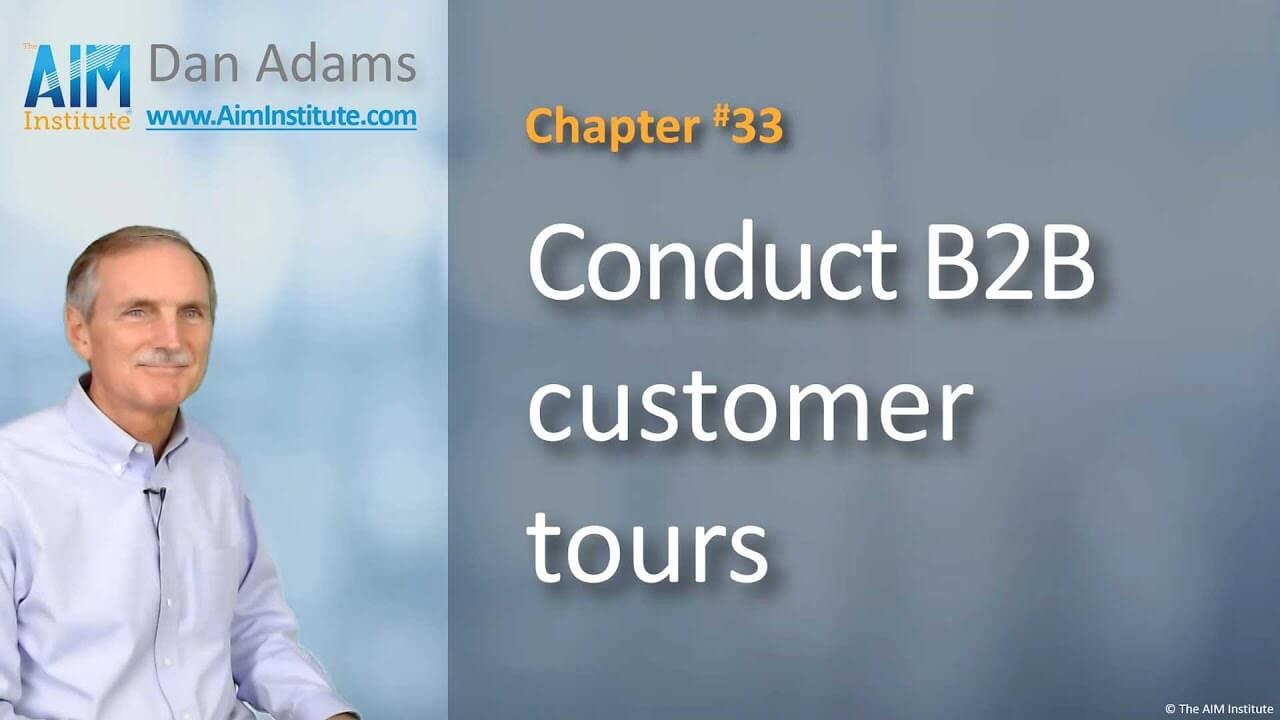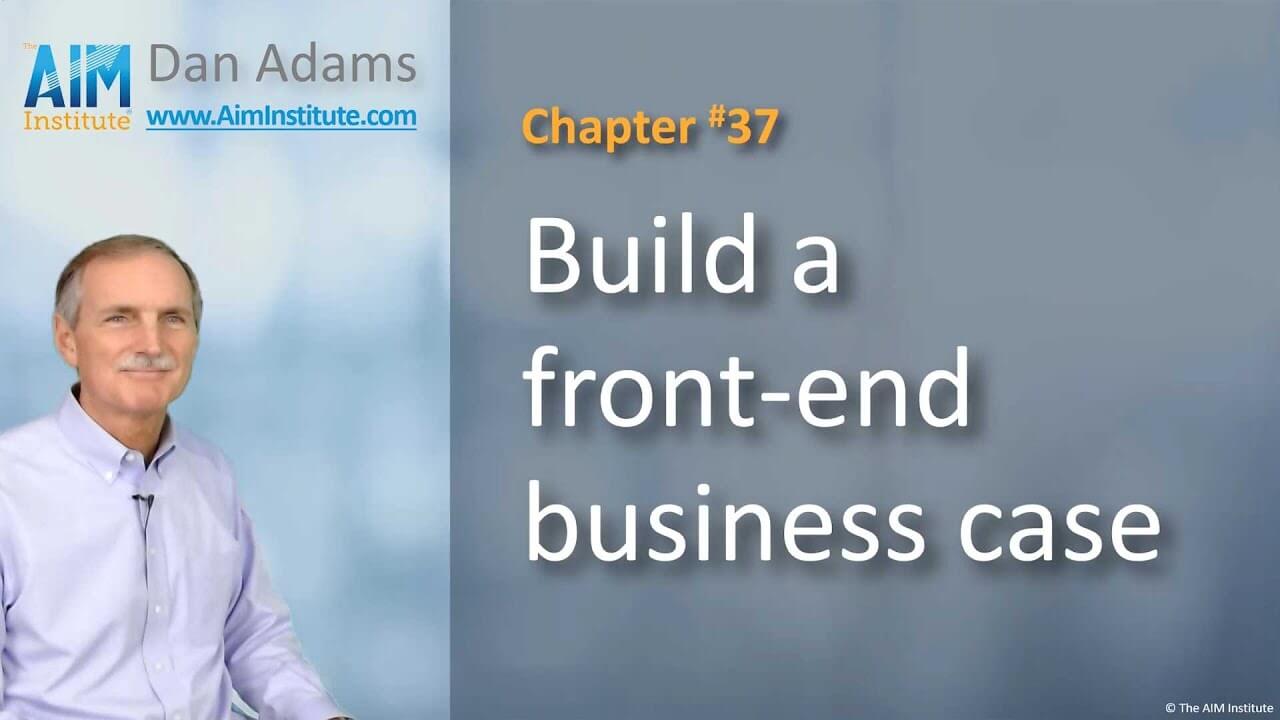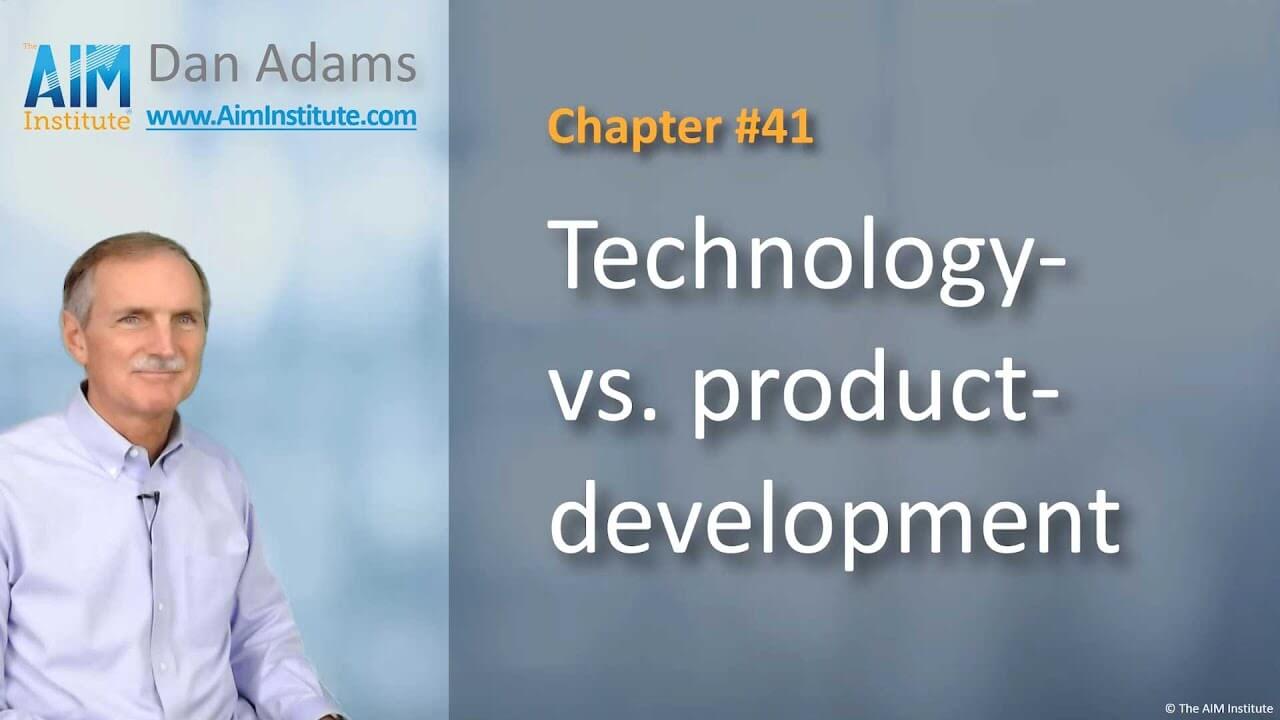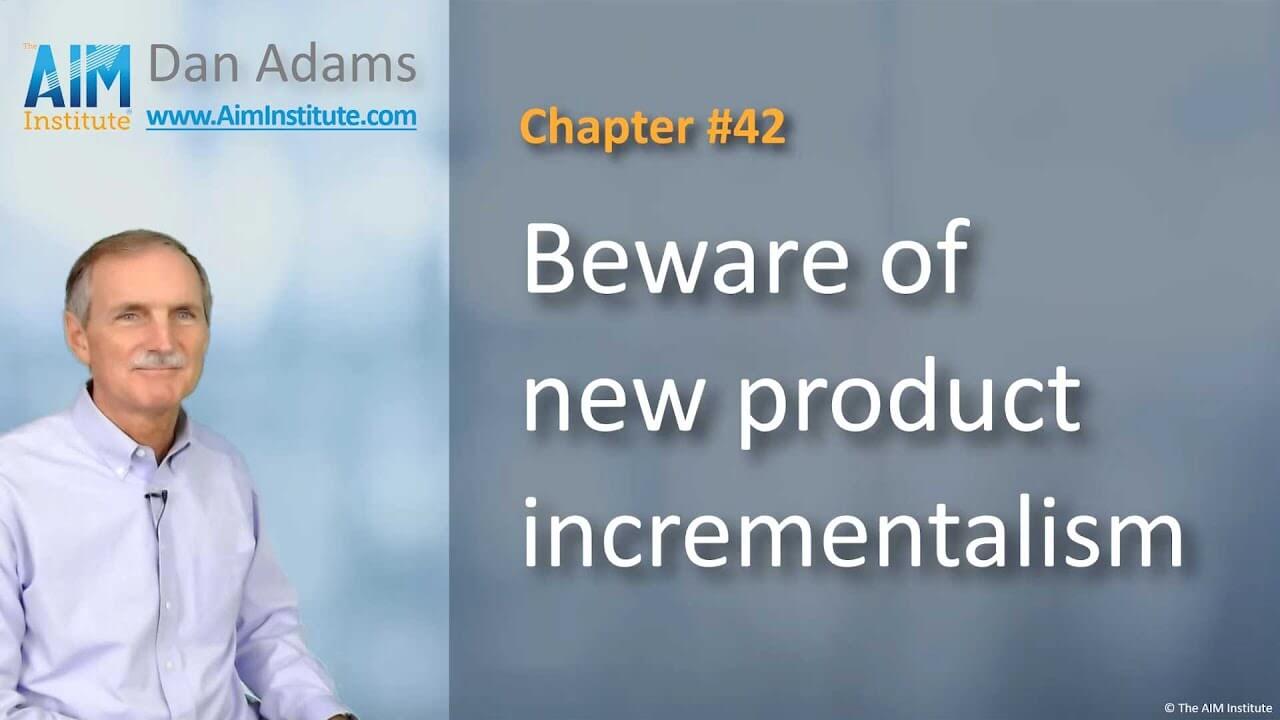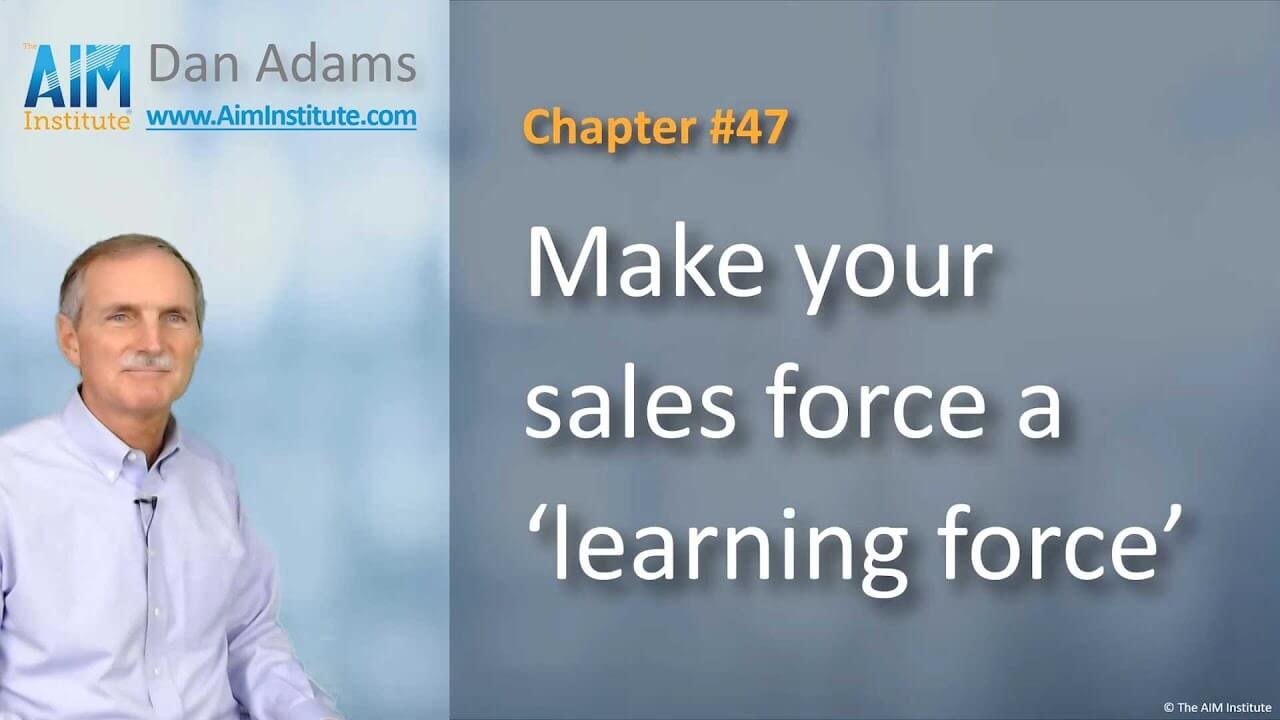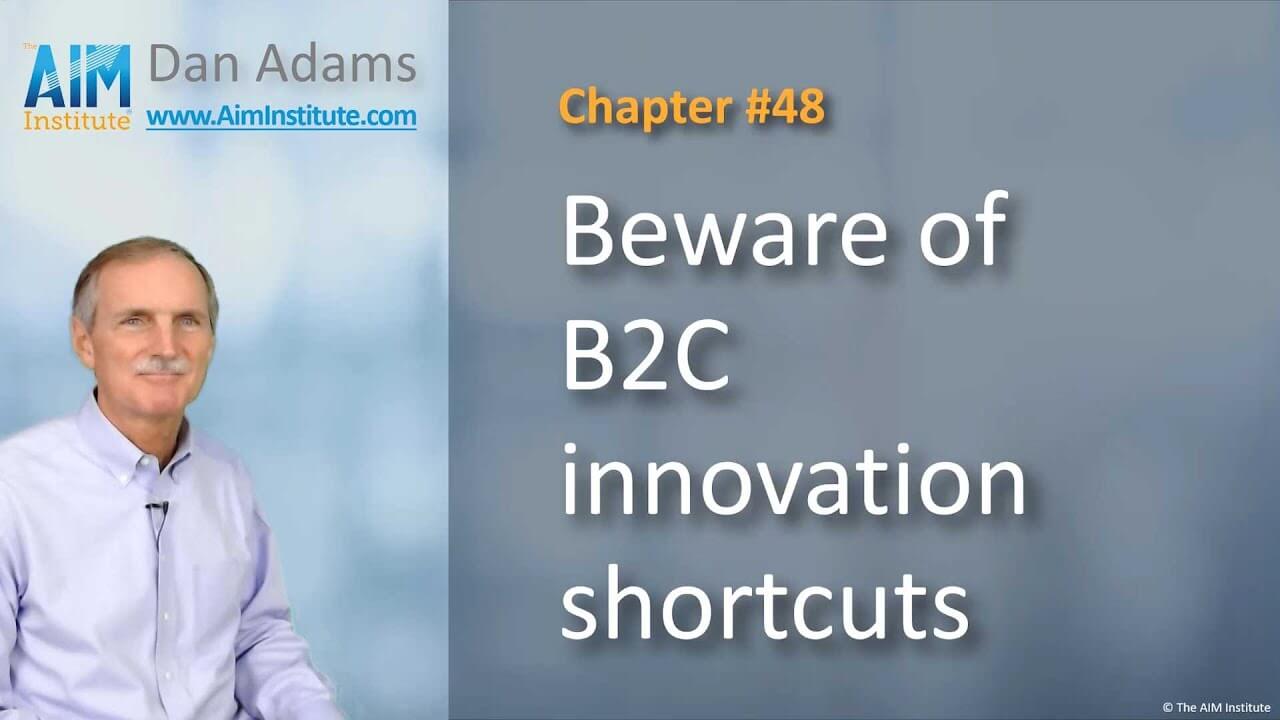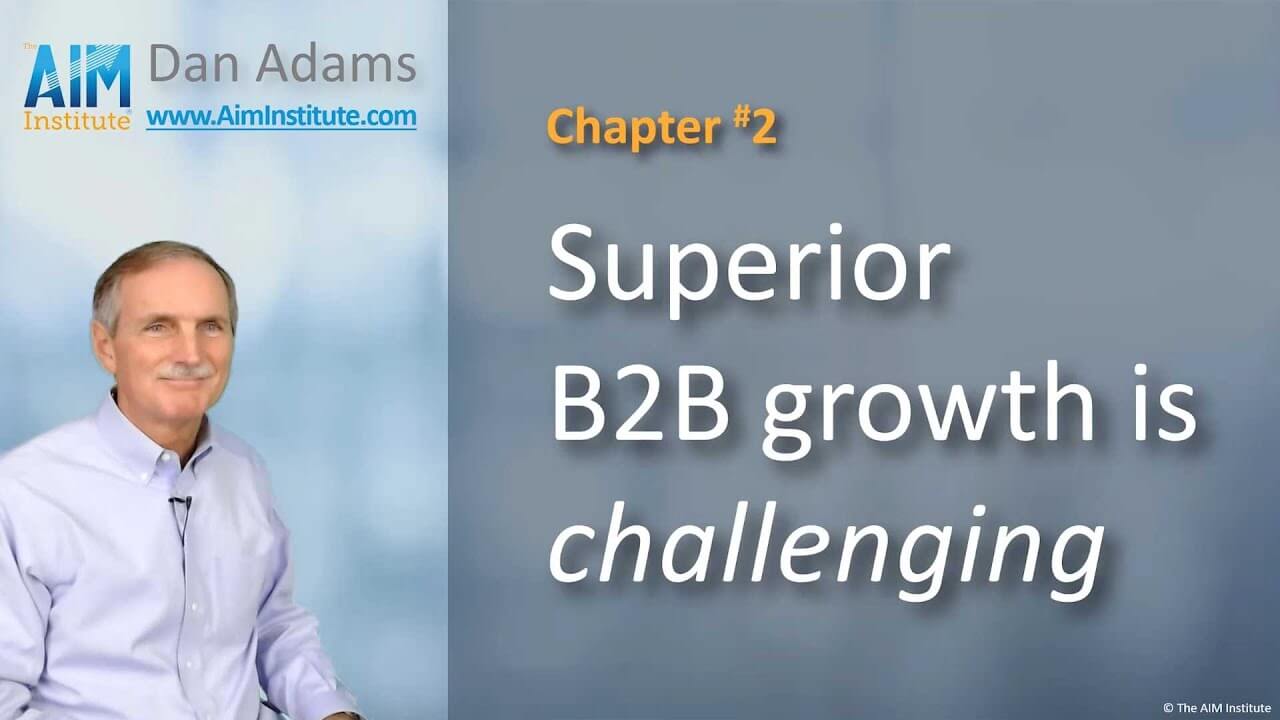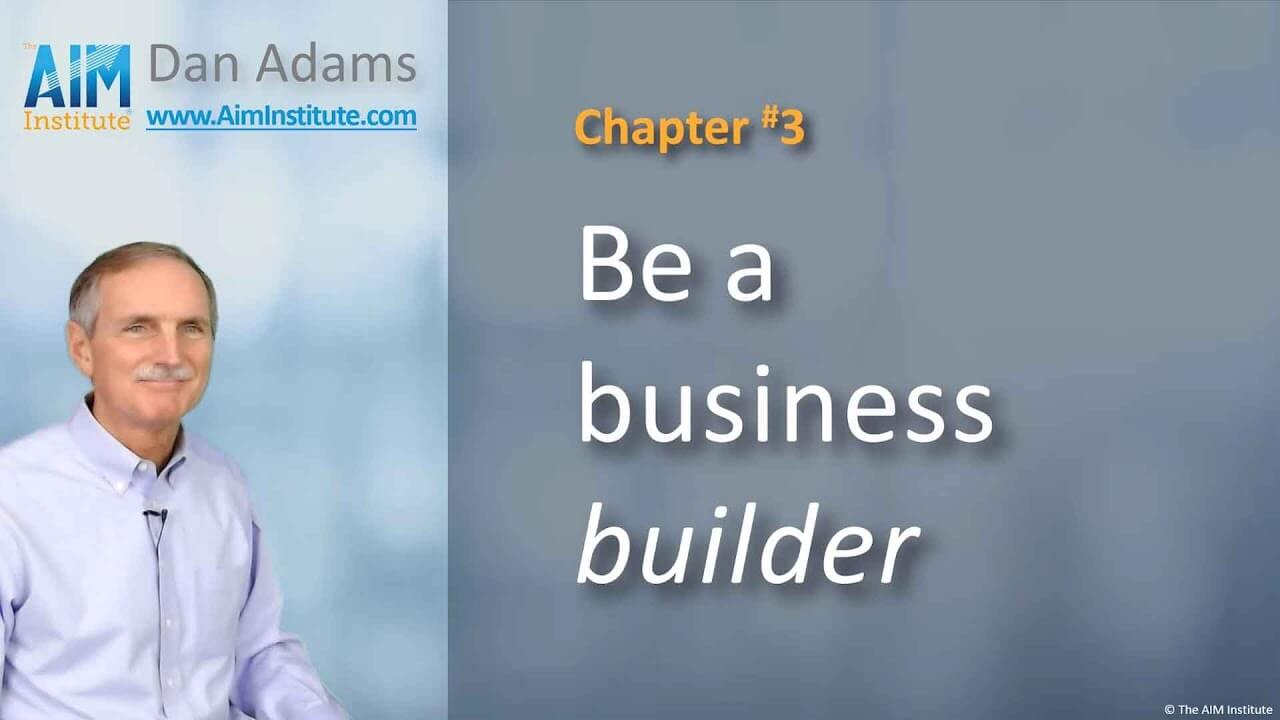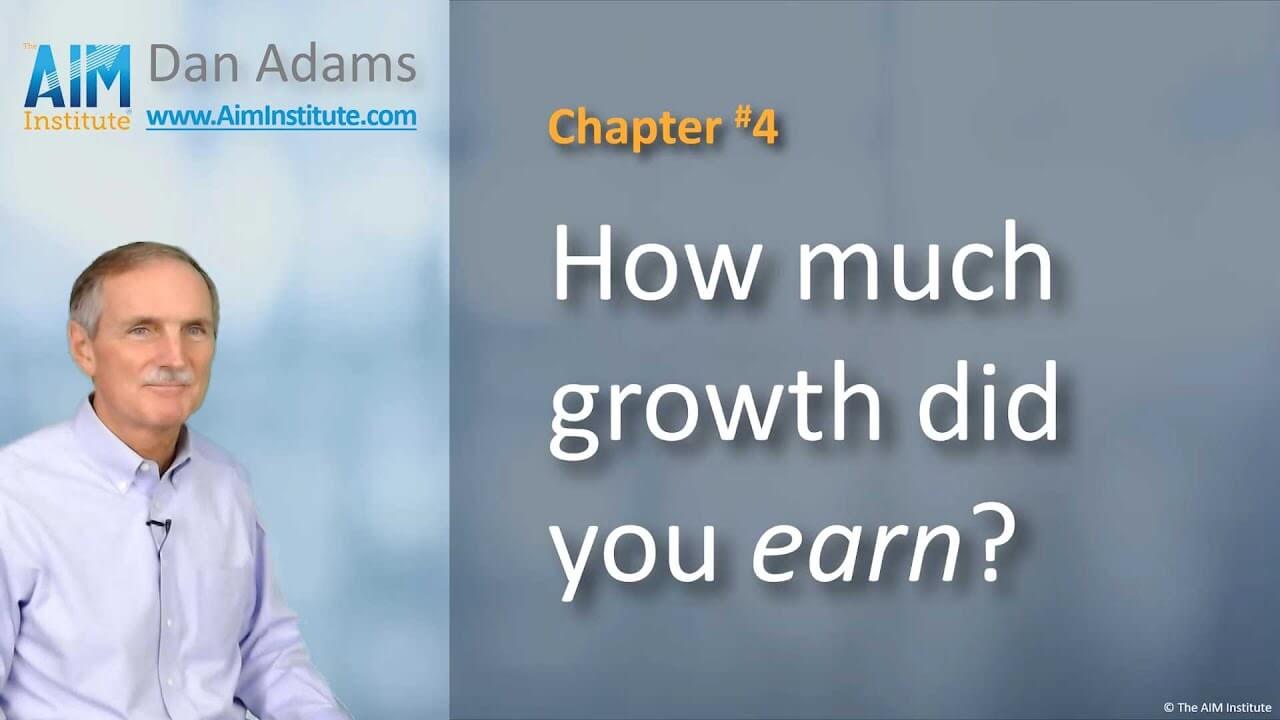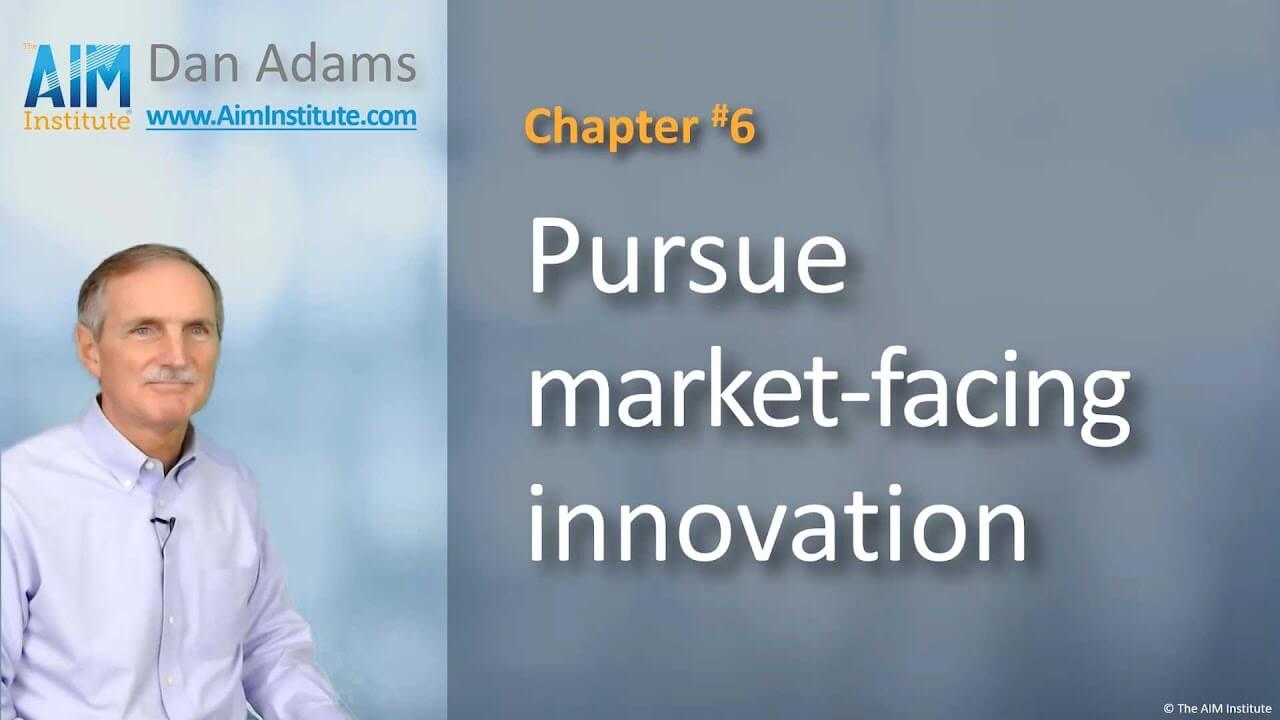When you stop innovating for customers, your path is marked by lower pricing, lower profits, budget pressures, cost reductions, reduced innovation capability, and then death or “life support.”
This probably won’t be the most cheerful chapter in our series, but it may be the one you’ll want your business leaders to watch. Here’s how the commodity death spiral works.
Imagine your business stopped innovating for customers, leaving you with me-too products. This means they’re interchangeable with competitors’ products… a fact that has not gone unnoticed by your customers’ purchasing agents who, of course, demand lower pricing… which means lower profits for you.
That’s too bad, because it’s budgeting time and your boss seems quite interested in your plan for next year. Do you say, “Boss… our profits are going down next year”? I’m guessing… no. Instead, you promise the same or higher profits, which means you need to reduce costs.
Now you can’t fire your sales people. You need them for next year, so you cut R&D and marketing, right? But this means you’ll have even less new product development capability next year, giving you even fewer options then.
Eventually, you reach the point of no return, and your business dies… or it goes on “life support” and is no longer relevant.
Any of this sound familiar? It happens when business leaders forget their number one duty is, “Leave your business stronger than you found it.”
Avoiding this fate requires constant vigilance, because you’re in a constant tug-of-war to avoid commoditization. Pulling you toward commodity are purchasing agents who do all they can to make your product interchangeable… competitors trying to knock off your products… new substituting technologies that obsolete yours… new market entrants… and product life cycles playing out over time.
Against all this you have only one defense: New products that deliver more customer value than competitors. It’s sobering but true… specialty forces come from you, the supplier… or they don’t come at all.
Now don’t be discouraged… We’ll cover some practical ways to do this. But first, in the next chapter we’ll address business leaders’ primary stumbling block… their time horizon.

